It is estimated that one-third of the population of Cambodia perished under the brutal regime that took power in 1975. The exact numbers cannot be determined because no proper burial was done. The bodies were tossed in ditches and shallow mass graves. Poi Pot wanted to turn the country into an agricultural economy. He therefore killed people he perceived as educated, lazy, or political enemies. He sold the rice that was cultivated to China in exchange for bullets and weapons. Many of the Cambodian people died from starvation as a result.
His name was Poi Pot and as a young man he studied in Paris on a scholarship
. It was here that he began developing the radical Marxist ideas that later influenced his murderous rule of Cambodia.
Sihanouk was ruling Cambodia with an iron hand in the the late years of the 1950's. His communitist government crushed any opposition to his rule. Because of his ruthless rule, a communist opposition group, which he called the Khmer Rouge, formed, but they fled into the countryside to avoid arrest by Sihanouk.
During the Vietnamese/American war, Sihanouk publicly declared his country neutral, but privately signed agreements with North Vietnam, allowing them to use Cambodia as routes for the Viet Cong guerrilla warfare supply lines.
The Viet Cong went further into Cambodia and the American and South Vietnamese forces followed, transforming Cambodia into a savage battleground.
In 1969, the Americans began covert bombing of the eastern provinces of Cambodia and continued the bombings until 1973
. The Khmer Rouge gained in popularity with the Cambodian people in left-wing communist popularity because of the devastation of the country by the bombings, causing so many civilians casualties.
The Americans left Vietnam in 1973, leaving the southern part of Vietnam to fight alone. The north Vietnamese took over Saigon in 1975.
On April 17, 1975, two weeks before the fall of Saigon to the communists, the Khmer Rouge communist, led by Poi Pot, took control of Phnom Penh, Cambodia. The Cambodian people danced in the streets as the Khmer Rouge marched into town, thinking this was finally the end of war, and peace for their country. But, this deranged communist began his genocide of the Cambodian people from the first day.
Under his rule Cambodia became a vast slave labor camp. Poi Pots' goal was to make Cambodia a peasant-dominated country, not influenced by anything that had happened before
. This "restructuring" was one of the most radical ever attempted, and the most brutal as well.
Teachers, doctors, writers, even monks, and anyone that was not peasant quality and might revolt against the oppression was executed, along with their families.
Literally within days, Phnom Penh was emptied of it's entire population. The elderly, sick and infirmed were evacuated along with everyone else. They were forced to march into the countryside. They worked for 12-15 hours a day and any disobedience was reason for immediate execution. The Khmer Rouge declared the start of their rule as "Year 0", denoting the start of their new peasant society.
Meals consisted of little more than watery rice porridge twice a day, meant to sustain men, women and children thru a back-breaking day in the fields. Disease stalked the work camps, malaria and dysentery striking down whole families
.
Today, Jonathan and I toured the "Killing Fields" in Phnom Penh. We walked the area, listening to individual headsets that described the horrors of what we were looking at. We walked the acres of land and saw where bodies had be retrieved from shallow mass graves. There were bones in many of the grave sites, newly washed up by the rains. The bones that continued to wash to the top of the ground were left in place. The skulls and other bones had been retrieved and stored when the Khmer Rouge was run out of power by the Vietnamese.
There was a lake where thousands of bodies were still buried beneath it. It was decided not to try to exhume these bodies. We walked around the dam that circled the lake. The tape had a survivors horror story. We listened to it as we sat on a bench looking at the water covering so many bodies.
I came to a large tree with ribbons tied around it
. There were dark areas on the trunk. The tape tells me this is where the Khmer Rouge would take the babies by the feet and slam them against the tree, then throw them in the mass grave that had been dug. The parents were made to watch this and then were made to kneel by the grave and were either killed using a hammer to the head, or a shovel, or axe. Any method was used to kill the victims, except a bullet. The Khmer Rouge did not want to spend the price of a bullet on the victims.
The remains of 8,985 people were exhumed in 1980. What is now known as the "Killing Fields" had been a peaceful orchard of beautiful fruit trees before the Khmer Rouge. 43 of the 128 graves have been left untouched.
The victims would be taken from the S-21 prison and brought here in trucks. They would be told they were going to a better prison, so they would not become panicked and be difficult to transport to the killing fields.
The prisoners were put in small, dark buildings and made to wait 24 hours before being killed
. They were made to kneel next to the pre-dug graves, often blindfolded and hands tied behind their backs. Throats were slit, or heads hit with ox-cart handles, or whatever method the executioners decided to use.
There were separate graves for the men, women and children. The Khmer Rouge murdered the majority of monks and nearly all of the more than 3000 wats were damaged or destroyed.
We came to a mass grave. The sign says 166 victims without heads were recovered here. They were the soldiers in the Khmer Rouge army that defected or were suspected of defecting.
There is a grave where bodies of women without clothes were buried. They were raped and then bludgeoned to death before being tossed into the grave.
There are boxes of glass containing clothing of the victims recovered from the graves. There are also glass boxes containing teeth and bones of the victims
.
The final stop is the Stupa, a large 17 story building with glass shelves. There are over 8,000 human skulls lined on layer after layer. They have been sorted according to gender and age and arranged on different levels. It's a sobering and gruesome experience to walk around with the hollow eye sockets staring into space.
During Poi Pots' reign the U.N. lodged an official condemnation against the atrocities that were going on, but nothing was done to stop it.
The empty city of Phnom Penh, Cambodia was liberated by the Vietnamese in 1979. As the Vietnamese neared Phnom Penh, the Khmer Rouge fled with as many civilians as it could seize and went to the mountains in the west near the Thai border.
The Vietnamse installed a government in Cambodia headed by some of the previous leaders in the Khmer Rouge regime that had defected to Vietnam
.
Poi Pot ruled for 4 years in the moutains of west Cambodia, launching guerrilla warfare against the Cambodian government.
The U.S. and Great Britain continued to recognize the murderous Khmer Rouge regime as the legitimate government of Cambodia, even as Poi Pot was hiding in the mountains. The reason was the U.S. could not bring itself to endorse the Vietnamese installed government because of the recent war between the two. Diplomatic relations were not established between the U.S. and north Vietnam and politics were the name of the game.
Poi Pot lived 4 years hiding in the mountains after the Vietnamese liberated Cambodia from his rule. He was 82 when he died.
I met a man on the streets in Battambang and he said to me, "Poi Pot got to live and and play with his grandchildren, dying of old age. Yet, he denied this opportunity to millions of Cambodians."
The leaders of the Khmer Rouge regime were charged for their crimes and arrested, but it is by no means certain that they will be convicted before they die peacefully of old age, just as Poi Pot did. The Cambodians tell me it is because of political corruption in Cambodia that most of them will never pay for their crimes.
Killing Fields
Wednesday, April 03, 2013
 Phnom Penh, Cambodia
Phnom Penh, Cambodia
Other Entries
-
60It's A Foot
Feb 2537 days prior South Pattaya, Thailandphoto_camera171videocam 3comment 0
South Pattaya, Thailandphoto_camera171videocam 3comment 0 -
61The Island
Mar 0133 days prior South Pattaya, Thailandphoto_camera128videocam 1comment 0
South Pattaya, Thailandphoto_camera128videocam 1comment 0 -
62Fleeing Thailand
Mar 0727 days prior Bangkok, Thailandphoto_camera52videocam 0comment 0
Bangkok, Thailandphoto_camera52videocam 0comment 0 -
63The Kingdom of Cambodia
Mar 0826 days prior Siem Reap Province, Cambodiaphoto_camera75videocam 0comment 3
Siem Reap Province, Cambodiaphoto_camera75videocam 0comment 3 -
64Danger in Cambodia
Mar 0925 days prior Siem Reap Province, Cambodiaphoto_camera155videocam 0comment 0
Siem Reap Province, Cambodiaphoto_camera155videocam 0comment 0 -
65Is the Mafia After Me?
Mar 1024 days prior Banan, Cambodiaphoto_camera80videocam 1comment 0
Banan, Cambodiaphoto_camera80videocam 1comment 0 -
66The Mugging
Mar 1123 days prior Siem Reap Province, Cambodiaphoto_camera136videocam 2comment 0
Siem Reap Province, Cambodiaphoto_camera136videocam 2comment 0 -
67These Stats are Horrendous
Mar 1222 days prior Siem Reap Province, Cambodiaphoto_camera61videocam 2comment 2
Siem Reap Province, Cambodiaphoto_camera61videocam 2comment 2 -
68The Phantom Bus
Mar 1321 days prior Siem Reap Province, Cambodiaphoto_camera104videocam 1comment 0
Siem Reap Province, Cambodiaphoto_camera104videocam 1comment 0 -
69The Wedding - Cambodian Style
Mar 1420 days prior Banan, Cambodiaphoto_camera24videocam 1comment 0
Banan, Cambodiaphoto_camera24videocam 1comment 0 -
70The Bamboo Train
Mar 1519 days prior Banan, Cambodiaphoto_camera41videocam 6comment 0
Banan, Cambodiaphoto_camera41videocam 6comment 0 -
71The Story of a Lost Stick
Mar 1618 days prior Banan, Cambodiaphoto_camera117videocam 1comment 0
Banan, Cambodiaphoto_camera117videocam 1comment 0 -
72Dining Cambodian Style
Mar 1717 days prior Banan, Cambodiaphoto_camera65videocam 0comment 0
Banan, Cambodiaphoto_camera65videocam 0comment 0 -
73Blessed With Good Luck
Mar 268 days prior Siem Reap, Cambodiaphoto_camera176videocam 7comment 0
Siem Reap, Cambodiaphoto_camera176videocam 7comment 0 -
74Nightmare in Cambodia
Mar 295 days prior Battambang, Cambodiaphoto_camera63videocam 3comment 0
Battambang, Cambodiaphoto_camera63videocam 3comment 0 -
75A Dead City Comes to Life
Apr 012 days prior Phnom Penh, Cambodiaphoto_camera120videocam 0comment 0
Phnom Penh, Cambodiaphoto_camera120videocam 0comment 0 -
76Torture in A School
Apr 021 day prior Phnom Penh, Cambodiaphoto_camera113videocam 0comment 0
Phnom Penh, Cambodiaphoto_camera113videocam 0comment 0 -
77Killing Fields
Apr 03 Phnom Penh, Cambodiaphoto_camera57videocam 0comment 0
Phnom Penh, Cambodiaphoto_camera57videocam 0comment 0 -
78Lost in A Maze, In the Cambodian Mountains
Apr 063 days later Sen Monorom, Cambodiaphoto_camera101videocam 7comment 0
Sen Monorom, Cambodiaphoto_camera101videocam 7comment 0 -
79A Cambodian Birthday Party
Apr 1310 days later Battambang, Cambodiaphoto_camera185videocam 2comment 0
Battambang, Cambodiaphoto_camera185videocam 2comment 0 -
80HAPPY NEW YEAR! "2557"
Apr 1411 days later Banan, Cambodiaphoto_camera141videocam 12comment 0
Banan, Cambodiaphoto_camera141videocam 12comment 0 -
81It's A Lotus!
Apr 1512 days later Quận 10, Vietnamphoto_camera107videocam 6comment 0
Quận 10, Vietnamphoto_camera107videocam 6comment 0 -
82Saigon - The Old and New
May 0532 days later Ho Chi Minh City, Vietnamphoto_camera51videocam 6comment 0
Ho Chi Minh City, Vietnamphoto_camera51videocam 6comment 0 -
83Stuck On A Boat in the Mekong Delta
May 0633 days later Ho Chi Minh City, Vietnamphoto_camera152videocam 11comment 0
Ho Chi Minh City, Vietnamphoto_camera152videocam 11comment 0 -
84The Dark Tunnel
May 0835 days later Ho Chi Minh City, Vietnamphoto_camera85videocam 6comment 0
Ho Chi Minh City, Vietnamphoto_camera85videocam 6comment 0 -
85A Question Answered
May 0936 days later Nha Trang, Vietnamphoto_camera142videocam 10comment 0
Nha Trang, Vietnamphoto_camera142videocam 10comment 0 -
86You Might Get A Call from Vietnam
May 1239 days later Hoi An, Vietnamphoto_camera132videocam 0comment 4
Hoi An, Vietnamphoto_camera132videocam 0comment 4 -
87Just Call Me Captain From Now On
May 1340 days later Hoi An, Vietnamphoto_camera170videocam 3comment 0
Hoi An, Vietnamphoto_camera170videocam 3comment 0 -
88Crossing the Border
Jun 0462 days later Pattaya, Thailandphoto_camera139videocam 2comment 0
Pattaya, Thailandphoto_camera139videocam 2comment 0 -
89I Can't Find A Tuk Tuk
Jun 1472 days later Jonesboro, United Statesphoto_camera7videocam 0comment 4
Jonesboro, United Statesphoto_camera7videocam 0comment 4 -
90Get Onboard!
Sep 03153 days later San Diego, United Statesphoto_camera6videocam 0comment 4
San Diego, United Statesphoto_camera6videocam 0comment 4 -
91As Beautiful As It Is Dangerous
Sep 05155 days later Kihei, United Statesphoto_camera114videocam 2comment 2
Kihei, United Statesphoto_camera114videocam 2comment 2 -
92A Walk In The Clouds
Sep 06156 days later Haleakala National Park, United Statesphoto_camera137videocam 2comment 3
Haleakala National Park, United Statesphoto_camera137videocam 2comment 3 -
93The Playground Called Waikiki
Sep 10160 days later Waikiki, United Statesphoto_camera60videocam 3comment 0
Waikiki, United Statesphoto_camera60videocam 3comment 0 -
94Today I Found A Diamond
Sep 11161 days later Waikiki, United Statesphoto_camera89videocam 1comment 0
Waikiki, United Statesphoto_camera89videocam 1comment 0 -
95"Don't Worry About It"
Sep 12162 days later Honolulu, United Statesphoto_camera135videocam 0comment 0
Honolulu, United Statesphoto_camera135videocam 0comment 0

 Phnom Penh, Cambodia
Phnom Penh, Cambodia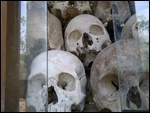
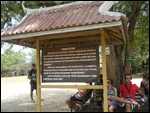
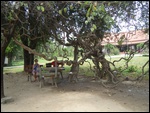
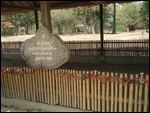

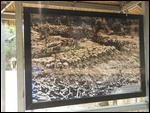
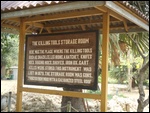
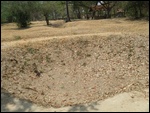




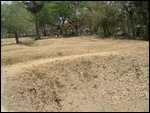
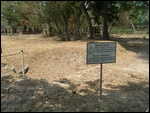
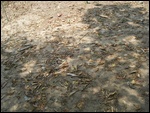
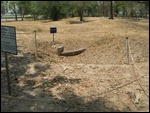
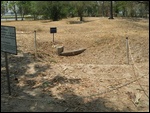
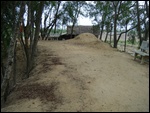
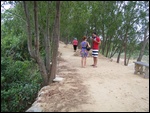
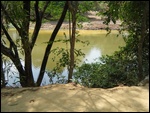
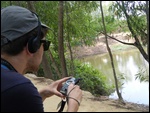
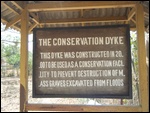
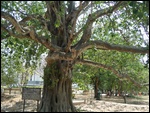
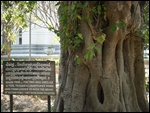
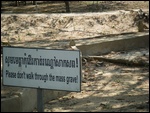

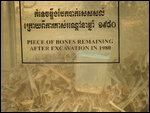
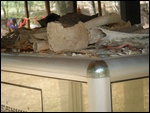
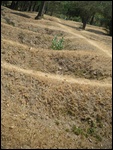
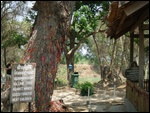
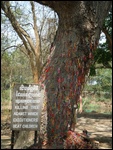
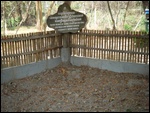
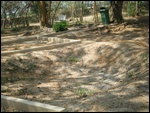

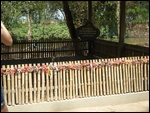
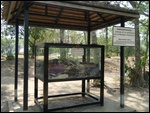
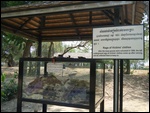
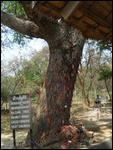

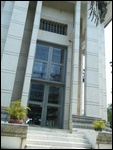
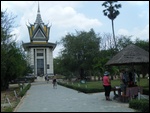
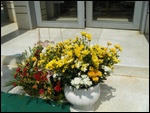

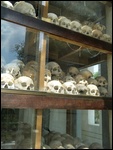
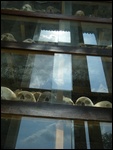
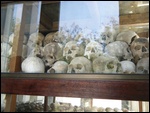
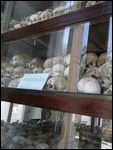
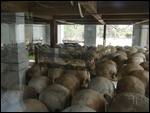
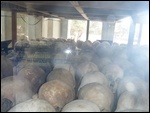
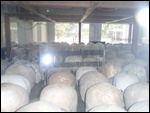
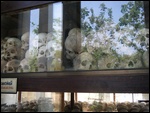
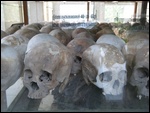
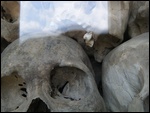
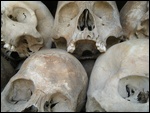
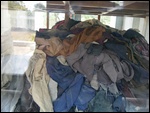
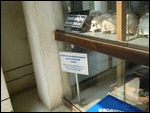
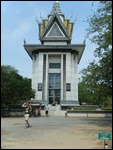
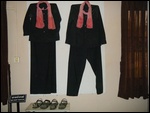
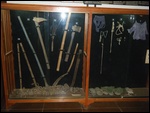
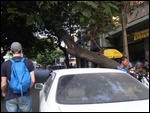
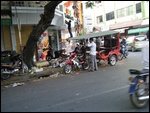
2025-05-22